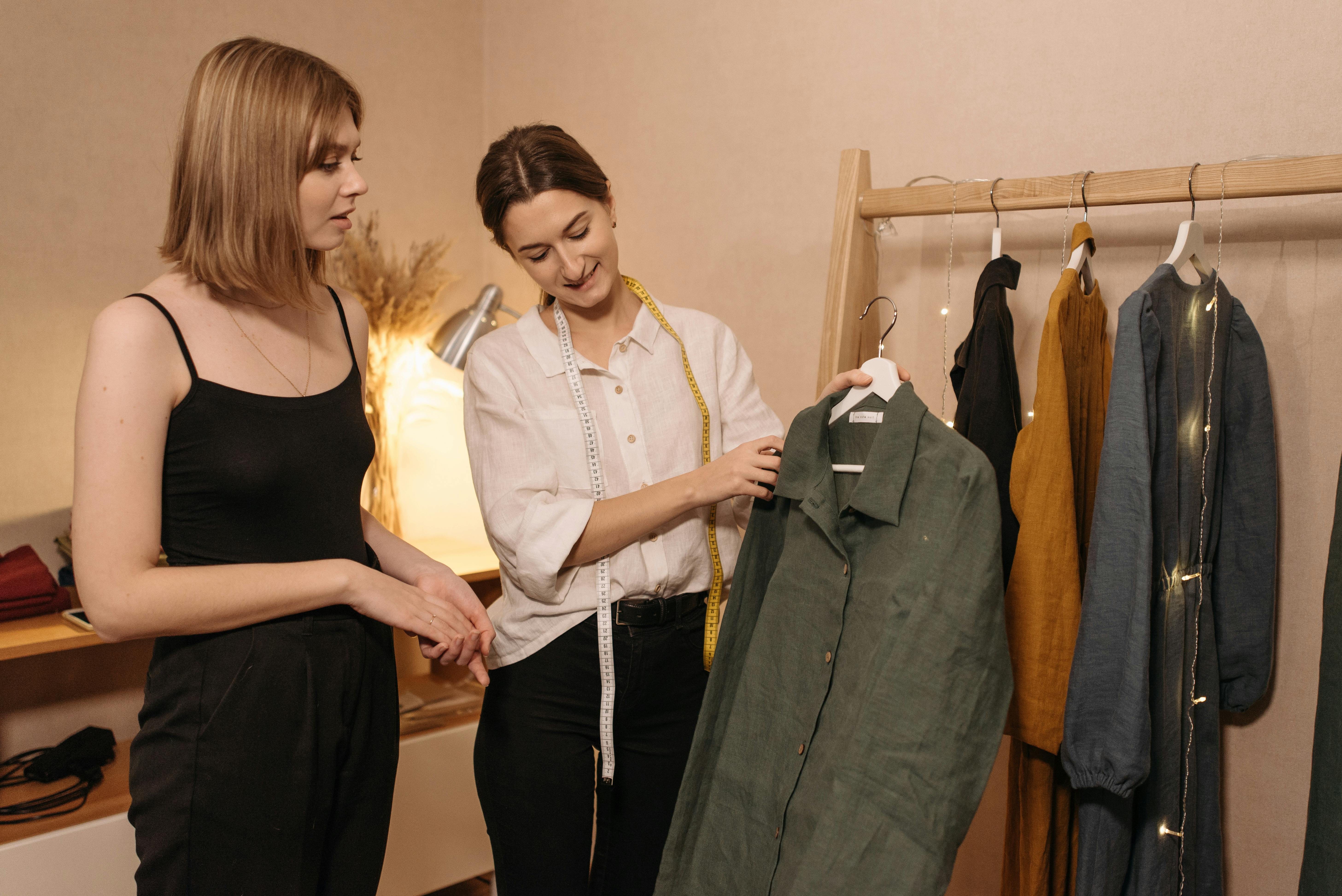
I love sharing what I have discovered on my painting journey. My style of painting can best be described as naturalistic realism. Many of my paintings include people in a pensive or thought-provoking pose. Part of the feeling of reality is due to the way I use my watercolor. I can create paintings where the viewer of the painting can get lost within the world within the frame.
I often get asked how to paint specific things. One of the most frequently asked questions relates to hair painting. In this article I will share with you how I paint black or brown hair in watercolor.
I think the secret to creating paintings that give an impression of ‘reality’ and ‘presence’ is carelessness. I’ll tell you how I do it, using black hair as an example:
First of all, take note of where the highlights are. With black hair, the highlights are usually blue. With dark brown hair, the highlights can be straw colored or yellow/orange.
Now set and tone these highlighted areas with the highlighted color you see in your model’s hair or in your reference photo. Remember to keep these highlights light and make sure not to over paint them. They will give the impression of healthy and shiny hair. (You can adjust the highlight color at the end of the painting if needed.)
Remember to let your paper dry completely before you start painting the next wash.
Now you need to establish a color richness that will be under your black tones. This is done by creating a glow. There are many reasons for this, too many to write about here. You’ll have to trust me on this one: wherever you see blacks or dark browns, you should paint with a clear yellow basecoat. Depending on the depth of the darkness, I sometimes paint three washes of transparent yellow to create a good depth of color. You are now ready to paint your hair black/dark brown.
Depending on color temperature and light source, black hair can often be a mix of Thalo blue, Thalo green, Alizarin crimson, and a small hint of Indian yellow. Vary these mixes and practice brushing so you can see the wide variety of shades you can achieve with them.
Brown hair can be a mix of Indian Yellow, Alizarin Crimson, Translucent Orange, and Thalo Blue. Now use the appropriate blend where you see it on your model.
A word of advice: I only use Schmincke shades, as they are transparent and finely frosted, making them ideal for building up thin washes of color that give a painting a three-dimensional reality. Transparency is important because it helps you avoid mud. Mixing ‘mud’ is always a trap for young players! Happy painting!